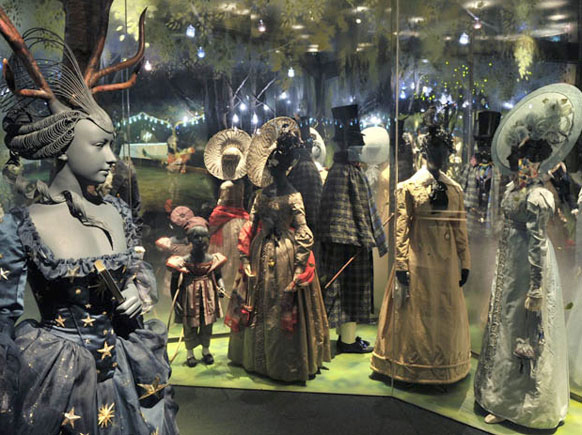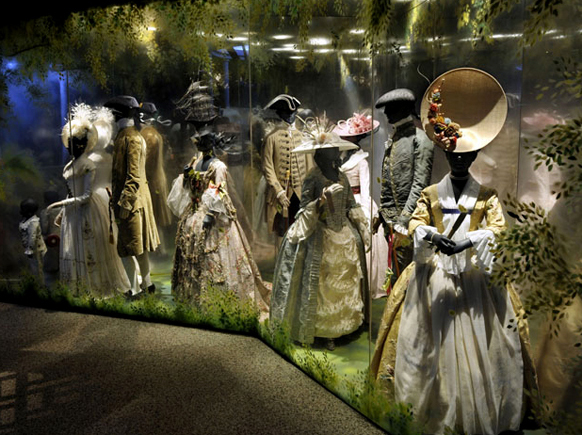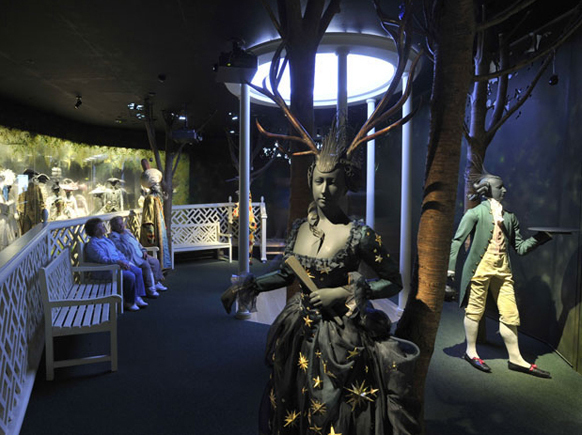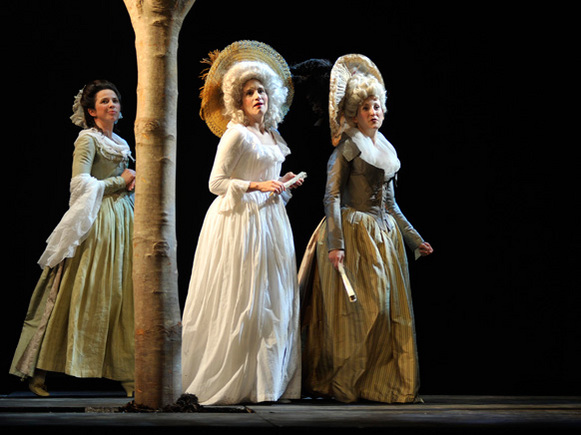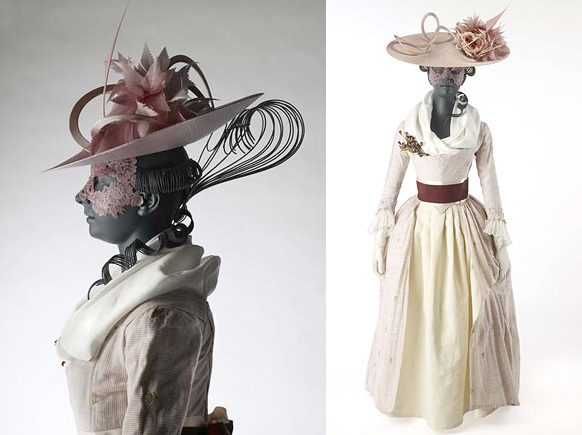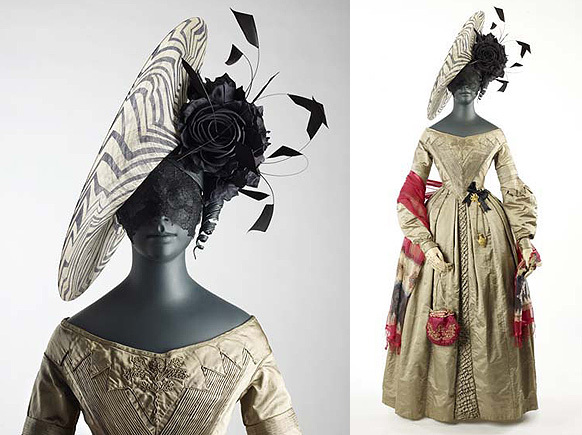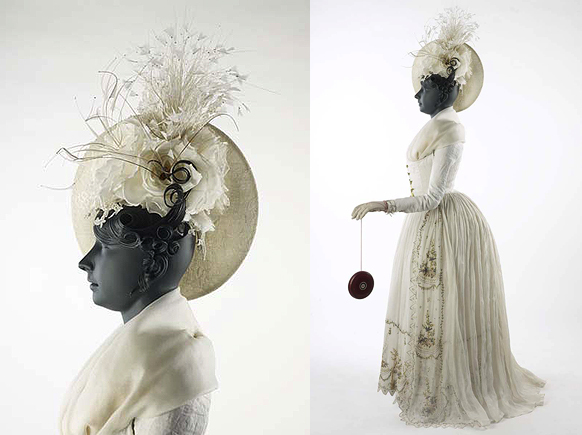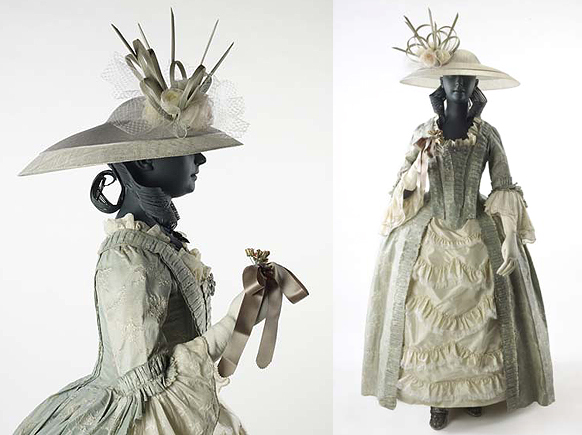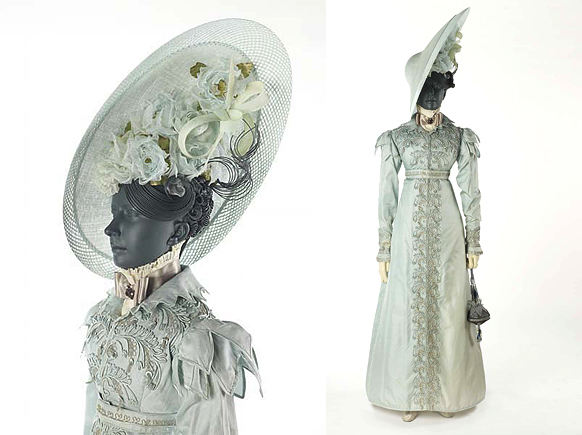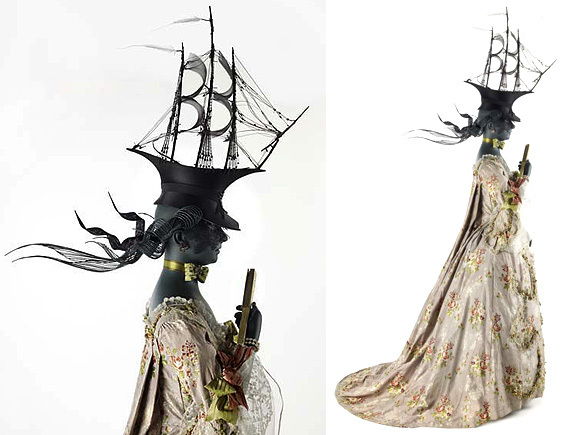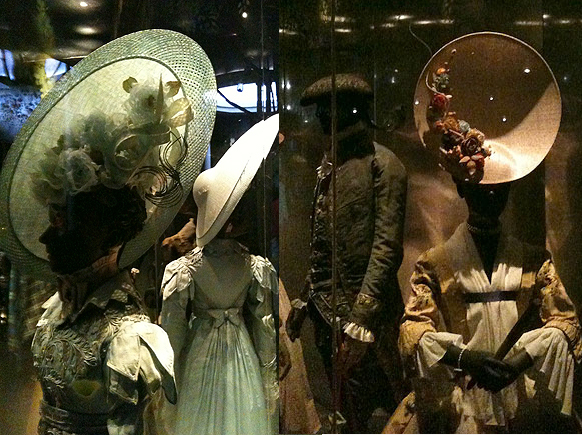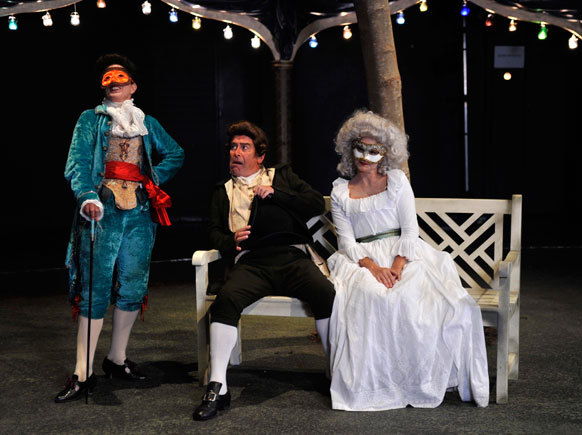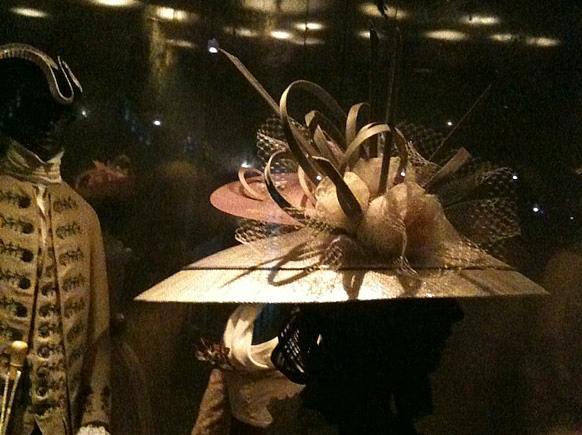Time-travel, pure Pleasure
A tourist attraction for two centuries, Vauxhall Pleasure Gardens once kept all of Europe talking. During Queen Victoria’s reign, however, it vanished completely. All that is now left are memoirs and depictions – many from names such as Samuel Pepys, Dr. Johnson, William Thackeray, Canaletto and Charles Dickens.
But you can still get a taste of it at the Museum of London. There, among the five galleries opened in 2010, a mini-recreation of the Gardens takes pride of place. Curators Alex Werner and Beatrice Behlen assembled an all-star team to evoke an ambiance Londoners from the 17th or 18th centuries might even recognize.
Created in 1661 as ‘New Spring Gardens’, what became Vauxhall Gardens took up several acres of Lambeth, just southeast of Vauxhall Bridge. In the late 1720s, proprietor Jonathan Tyers made the changes that lured polite society in droves. He added spacious avenues, fountains, sculptures, arcades and pavilions; his entertainments ranged from nightly fireworks and concerts to masquerades and balloon ascents.
As an after-dark destination, Vauxhall was known for sexual adventure. When London and Paris started to use gas lighting, it combined with the their glittering shop windows to bring the capitals a new kind of nocturnal magic. Vauxhall took this sense of erotic mystery into nature’s “wildness” – it had ‘fairy lamps’ suspended throughout its landscaping, enacted ‘transparent paintings’ behind lit curtains and offered candlelit suppers in private boxes.
Prostitutes of either sex were always noticed by Vauxhall visitors. Although respectably dressed, many were just teenagers. One 1812 visitor called Silliman felt they seemed quite genteel. Nevertheless, he reported, ‘their manners and modes of dancing…were such as I ought not to describe’. Silliman called Vauxhall itself ‘superlatively enchanting’, yet he finished his one night there late in the wee hours, ‘disgusted’, with a violent headache.
Londoners always paraded their finest garb at Vauxhall. So, says Senior Curator for Fashion Beatrice Behlen, “I wanted the whole exhibit to look fashionable. Not tired, like old clothes.” Out of fifty available 18th century pieces in the museum, she favoured items made for low light, “things created to sparkle”.
Behlen then assigned every outfit an owner, complete with a full name and a back story. French Amandine, 22, has come to England trying to visit every spa town. Petite Kitty Barker, 20, goes about with a plumper friend – so her tiny figure will look even smaller. One character, Miss Sinclair-Winter, is named after the actual owner of the dress displayed.
The profiles helped milliner Philip Treacy create fantastic hats that seal each identity. (The choice of Treacy, famous for his couture pieces, proved an inspired one). His version of the masks worn in the Gardens for flirting even got special publicity. When celeb Lady Gaga caught sight of samples in his studio, she ordered one for the 2010 Brit Awards. Photos of it were seen round the world months before the display opened.
Like the Pleasure Gardens, the exhibition is part history, part fashion and part performance. There are the static figures behind glass (in front of shimmering mirrors that, as in period fashion plates, allow one to see their backs). Then, via screens, costumed actors enact Garden visits as, from time to time, the lights rise and “dawn” breaks. Unlike many “interpretations” by London museums and landmarks, this one avoids becoming either twee or cheesy.
That quality is down to the savvy choice of contributors. Treacy’s hats sit on bodies made by Proportion London (the women’s heads were all modeled on Queen Victoria), with period tresses wonderfully sculpted in metal by artist “Yasemen Hussein”http://www.yasemenhussein.com/index.html. The actors’ costumes were made by Emmy-winning Sands Films – and the historic gowns “fitted” by expert conservator Janet Wood.
A prime cultural geography in London history, Vauxhall was one of the first places that commercialised leisure. “Because aristocrats came here to mix with others,” says Behlen, “there were always people taking on others’ identities. Vauxhall had everything, from princes to cross-dressing. It’s an unusually rich project; one we had to love.”
Finally, if all the elegance leaves you doubting history’s dark side, visit the online archives of the Old Bailey Criminal Court (available between 1679 and 1772). There, merely by inserting “Vauxhall Gardens”, you can find everything from stolen buckles to counterfeiting.


